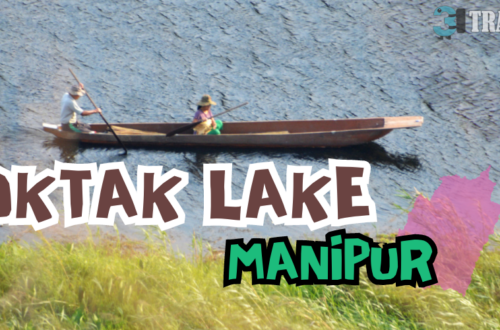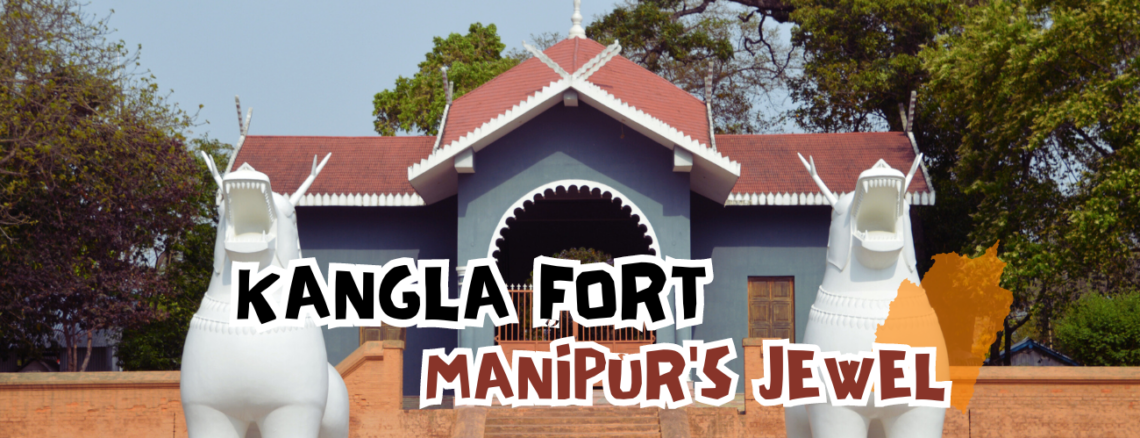
Kangla Fort and Museum: Manipur’s Historic Jewel
In the heart of Imphal, Manipur, lies the historic Kangla Fort, a treasure trove of tales and a testament to the rich heritage of the region. Our visit in April 2023 was a journey through time, as we explored the various facets of this ancient fort.
Approaching the fort, we first encountered a moat that encircles the stronghold, creating a sense of mystique. The moat, a protective embrace for the fort, sets the stage for the wonders within.
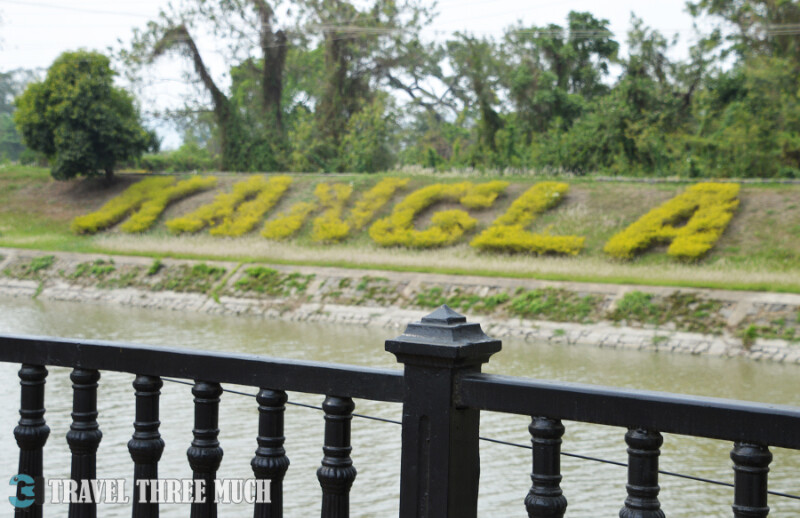
As we crossed the threshold through the Western Gate, we were greeted by a striking sight — a bronze statue of Raja Nara Singh mounted on a Manipuri pony, sword drawn in a stance of valor. It was a symbol of the strength and courage that defined the rulers of Manipur.
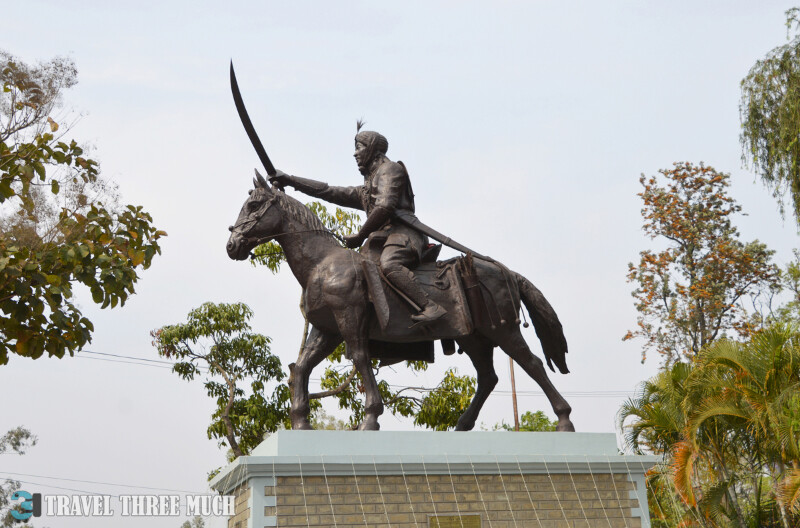
Meidingu Nara Singh, also known as Raja Nara Singh, was a prominent and significant ruler of the Manipur Kingdom. He reigned during the 18th century and is remembered for his contributions to the history and culture of Manipur. He played a role in the development of Manipuri classical dance and music, which are renowned for their elegance and traditional artistry. During his reign, Manipur faced invasions and conflicts, and Meidingu Nara Singh’s leadership was instrumental in defending the kingdom’s sovereignty. Meidingu Nara Singh’s rule left a lasting impact on the region, and he is celebrated as one of Manipur’s great kings.
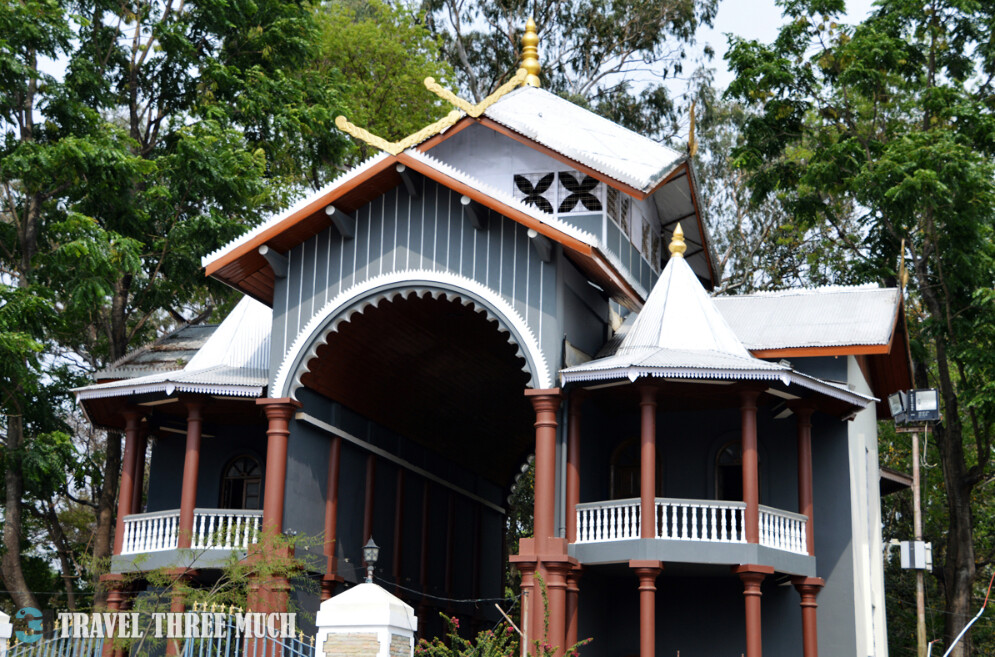
The wooden entrance to the fort, meticulously restored and maintained, added a touch of rustic charm. The craftsmanship spoke of bygone eras, reminding us of the enduring spirit of the place.
The ticket charges are INR 10 per person for entry, an addition INR 10 per person for 1 h of cycle usage and INR 100 per person for the electric buggies that traverse the fort complex.
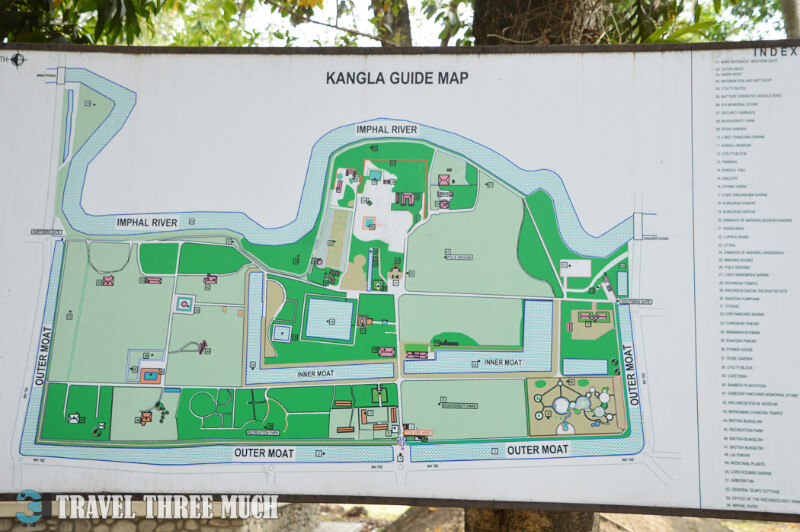
Our journey continued to the Hijagang, a historically significant site. It is a boatyard that holds great cultural and historical importance. The name “Hijagang” is compounded from two words – “Hija” meaning “royal” and “Gang” meaning “boat.” This boatyard has been associated with the royalty of Manipur and their ceremonial activities.
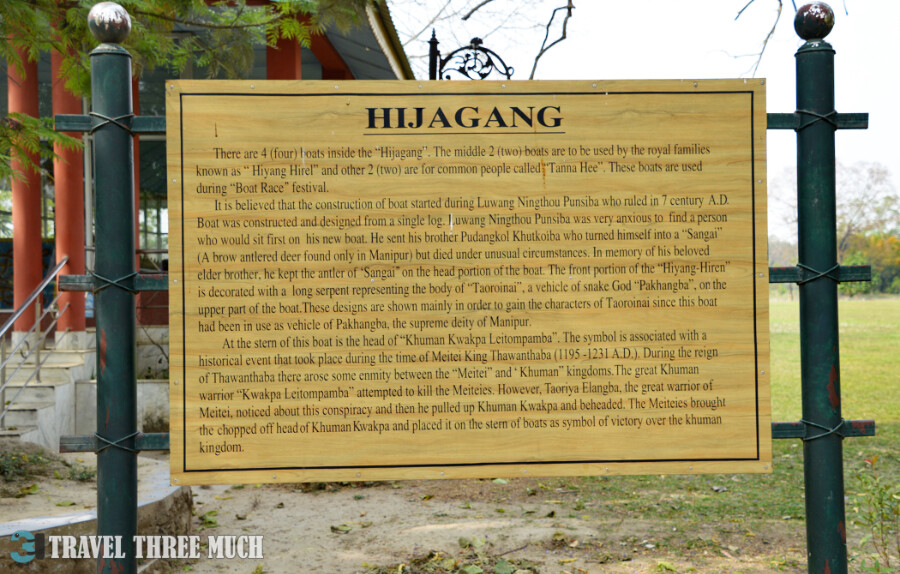
Hijagang is home to two royal boats, known as “Hiyang Hirel.” These boats have been traditionally used for important royal and religious ceremonies. They are beautifully crafted and reflect the intricate artistry and craftsmanship of Manipur. These boats were not just utilitarian; they held a symbolic value in the cultural and religious rituals of Manipur. In addition to the royal boats, Hijagang also houses two commoners’ boats called “Tanna Hee.”
These boats were used by the common people for their daily needs and transportation. The Hijagang provides a unique glimpse into the maritime heritage of Manipur and its strong connection with the Manipuri royalty.
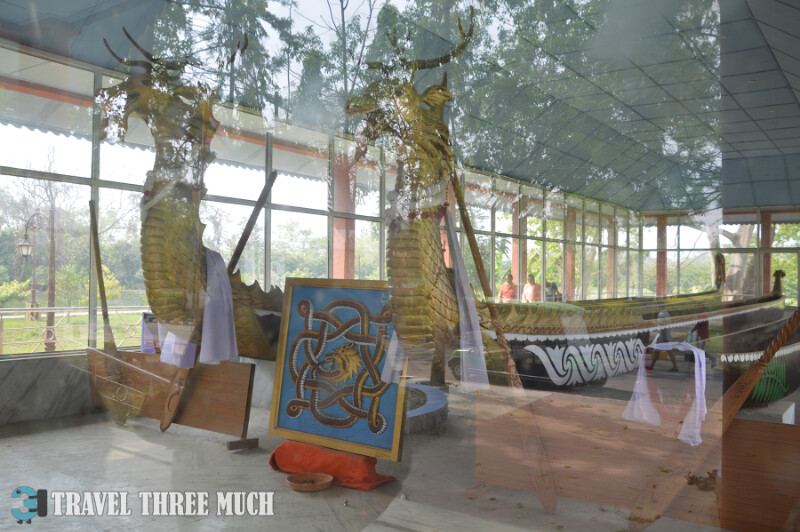
The Sanamahi temple dedicated to the deity Pakhangba was a spiritual oasis within the fort. Its intricate architecture and serene surroundings made it a place for quiet contemplation, away from the hustle and bustle of the fort’s other attractions.
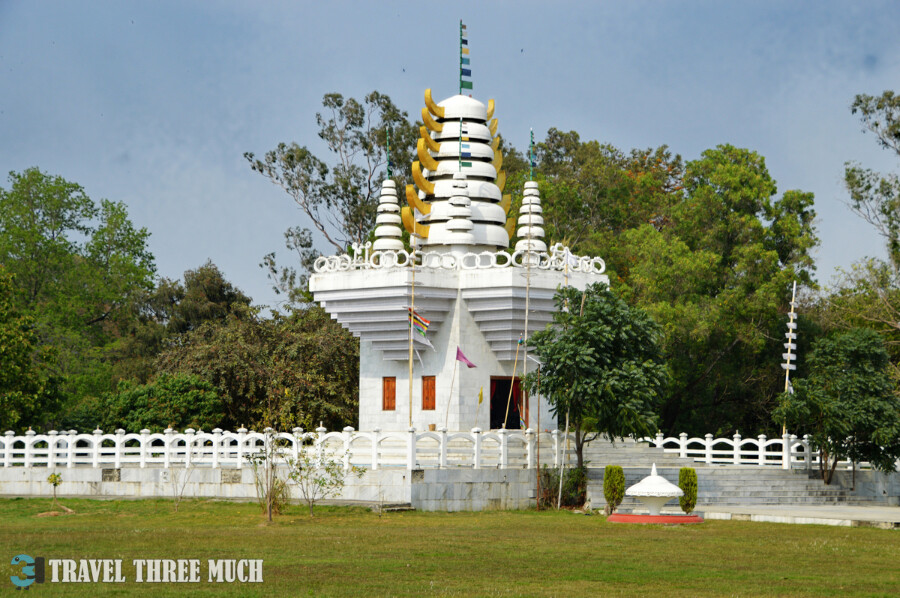
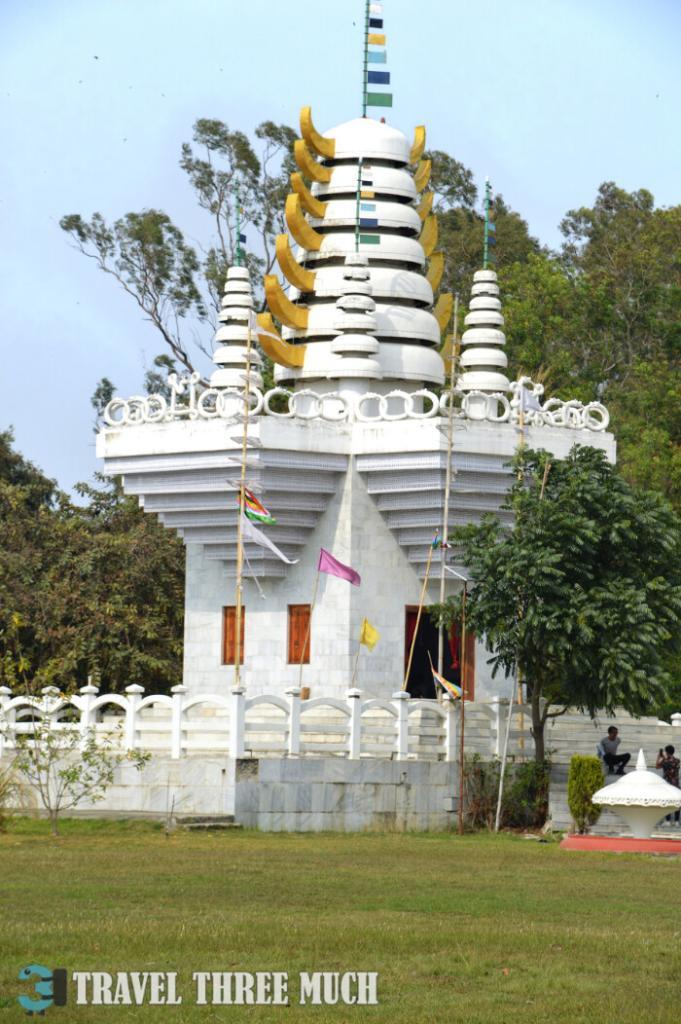
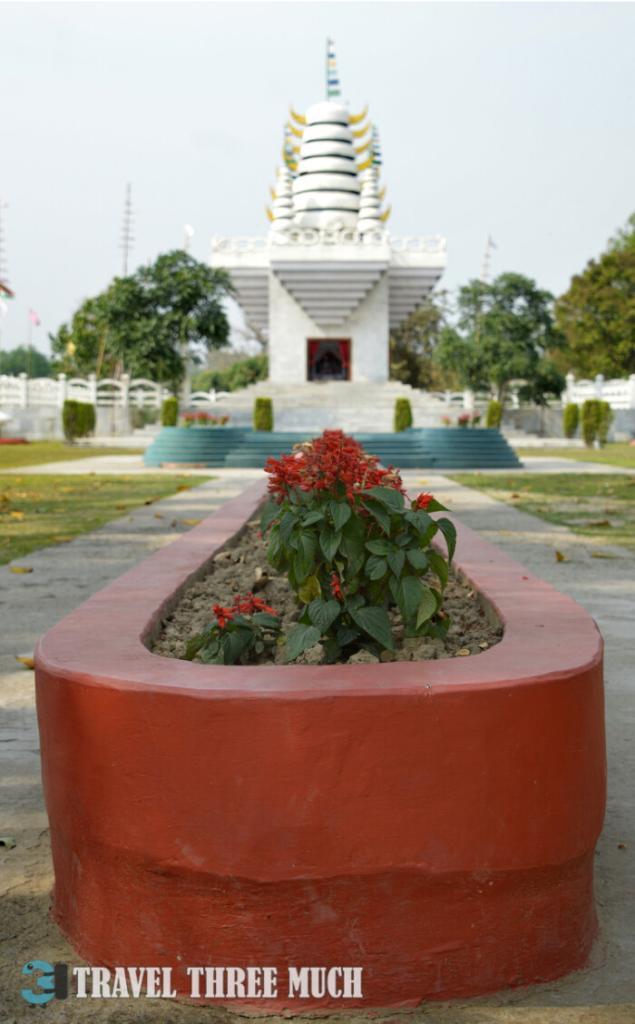
In many cultures, dragons are considered powerful and protective beings, and in Manipur, they hold a similar role as guardians. The dragons, referred to as “Khanglasa,” are mythical creatures in Manipuri folklore and have significance in the local belief system.
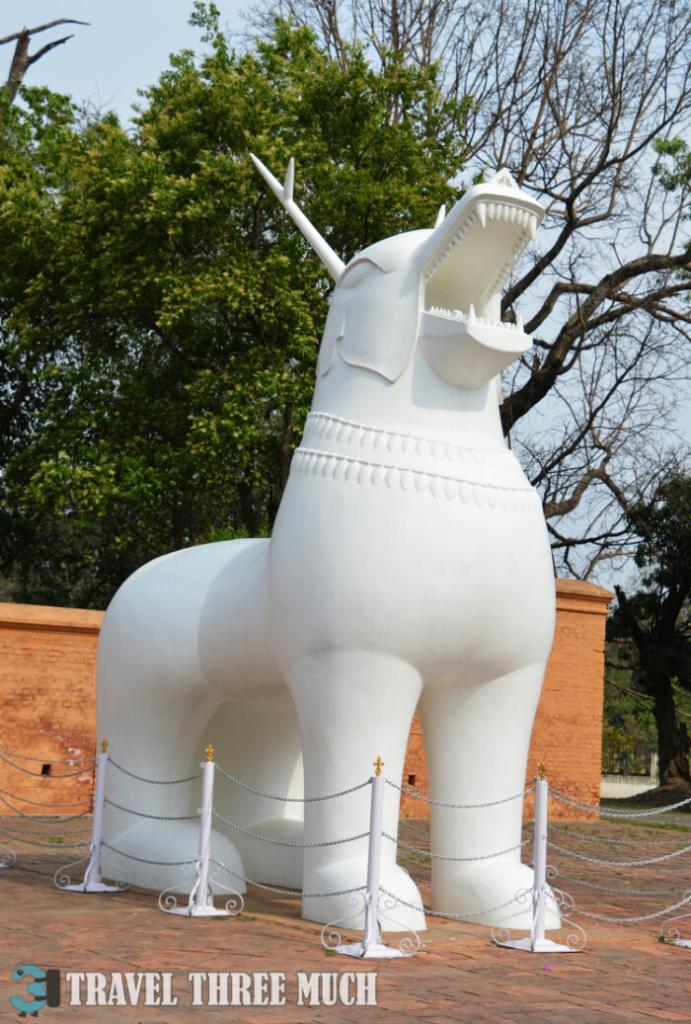
The Khanglasa, a pair of dragon statues, is a prominent feature within Kangla Fort in Imphal, Manipur. They stand proudly in front of the Kangla Uttara Shanglen, serving as the office of Sanamahism, an indigenous religious tradition of Manipur.
The statues also serve a protective role, symbolically guarding the sacred space of the Kangla Fort. The presence of Khanglasa in front of the Kangla Uttara Shanglen signifies the spiritual and cultural importance of the place. The Kangla Uttara Shanglen is a building used for religious and administrative purposes.
One of the most well-known aspects of the Meidana legend is a boulder under which the mythical monster was said to be crushed or defeated, symbolizing the triumph of good over evil. The boulder under which Meidana was crushed is located within the Kangla Fort. The boulder also served a practical purpose, being a place where the mortal remains of the deceased were laid to dry for secondary burial. It was a poignant reminder of the cycles of life and death woven into the fabric of the fort’s history.
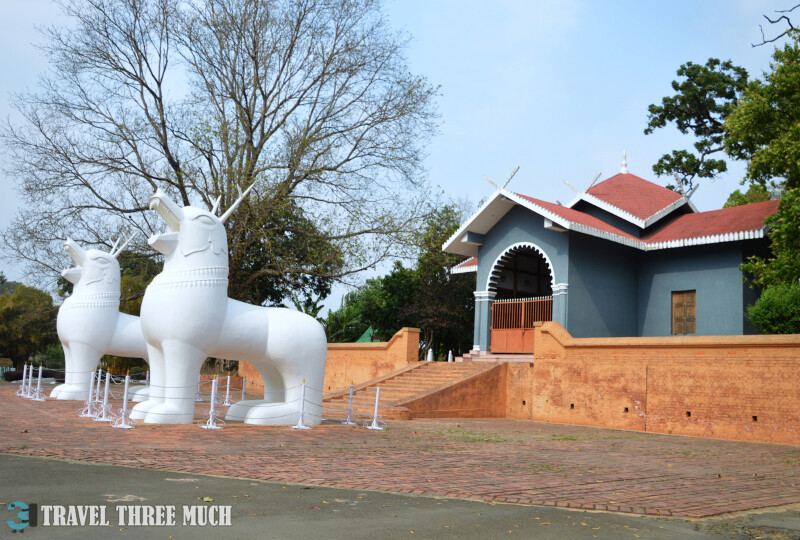
Meidana is a mythical monster in the folklore of Manipur. According to local legends and stories, Meidana was a fearsome and malevolent creature that is often depicted as a serpent or dragon-like being that terrorized the land, and its defeat is seen as a heroic and virtuous act. The legend of Meidana is deeply rooted in Manipuri mythology and is a part of the region’s rich oral tradition.
As we explored further, we came across the Sanggai Yumpham, a fortified citadel that once housed the Meitei royalty. Within the citadel, the rulers and their court conducted various administrative and ceremonial activities.
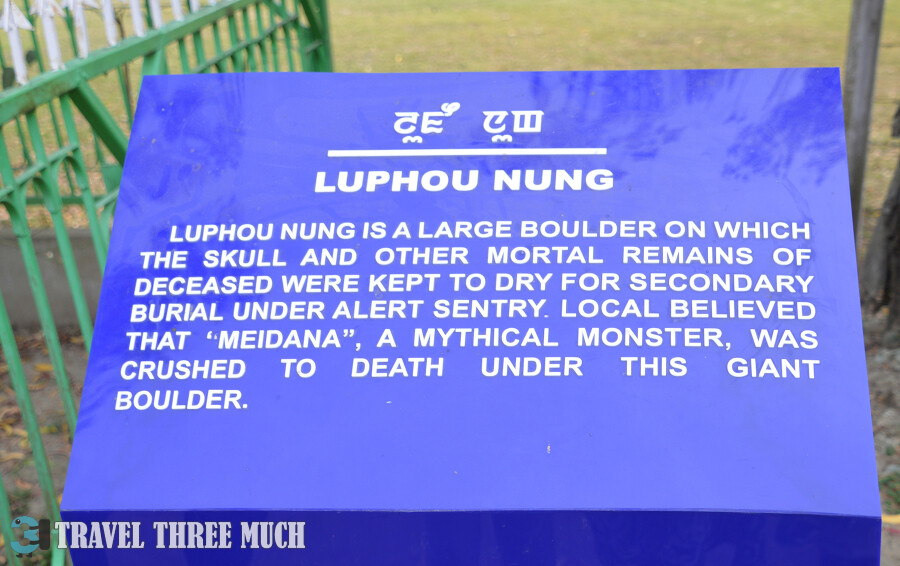
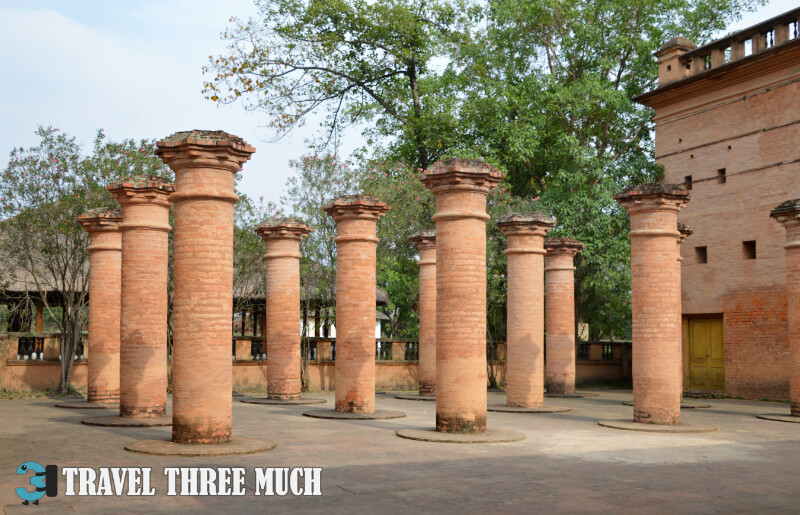
It was not only a center of governance but also a place where the royal family resided. Sanggai Yumpham played a pivotal role in the administration of the Manipur Kingdom.
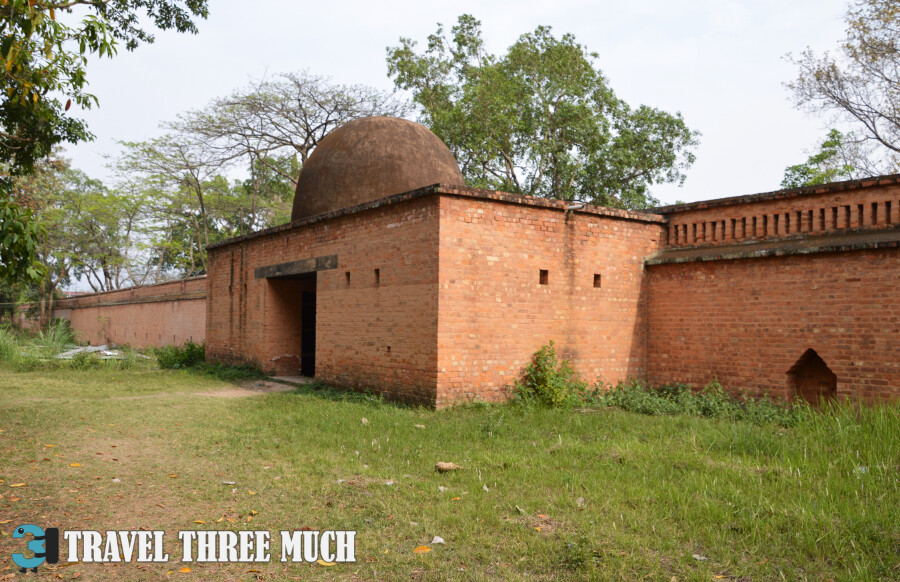
Over the centuries, this citadel witnessed the ebb and flow of Manipur’s history, and it was at the heart of many significant events and decisions. The remnants of this stronghold echoed with the whispers of a bygone era, and the air was thick with the memories of dynasties that once ruled from within its walls.
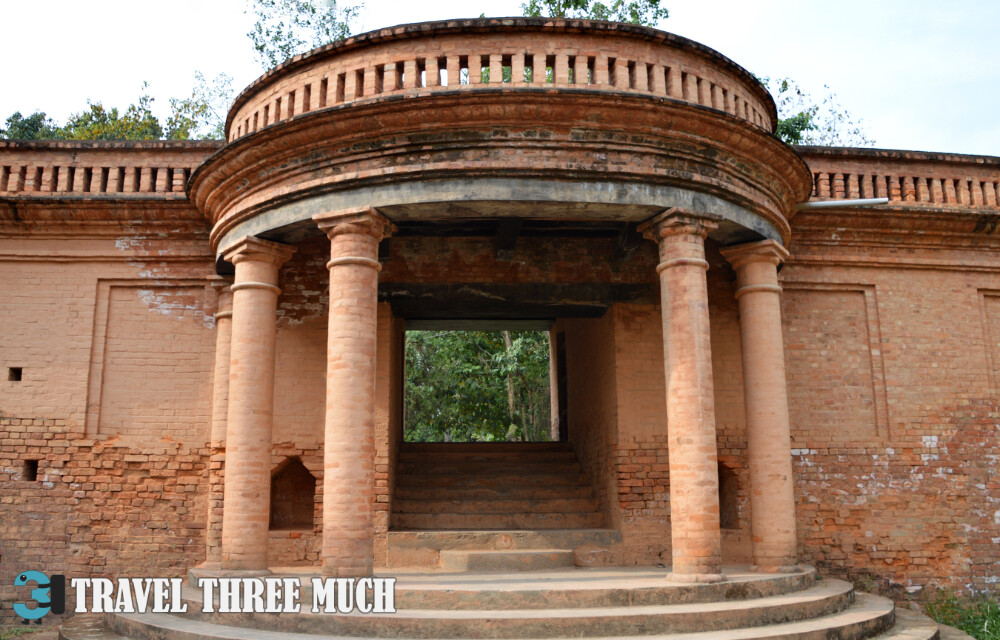
We came upon the remains of the old Govindajee Temple, also known as the Govindaji Temple, was a significant religious structure located within Kangla Fort.
This temple held immense religious and cultural importance for the people of Manipur and was dedicated to Lord Krishna, who is revered as Govindajee in Manipuri tradition. Unfortunately, the old Govindajee Temple suffered significant damage due to earthquakes.
The impact of earthquakes on this region is known, and the temple’s architectural integrity was compromised as a result. Today, what remains of the old Govindajee Temple are the pillars and ruins, which stand as a poignant reminder of its former grandeur.
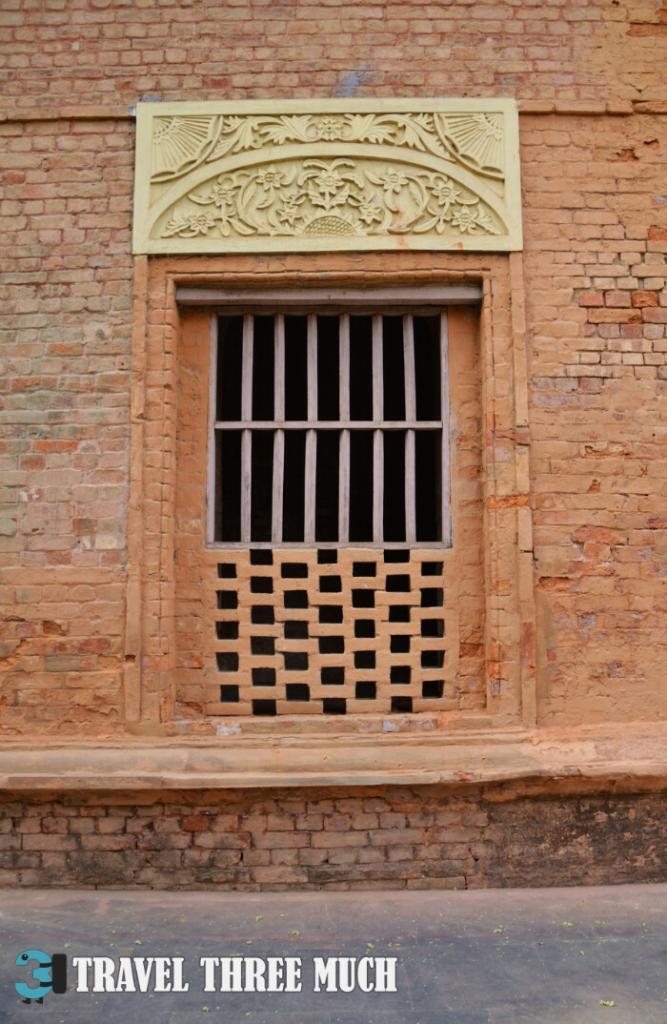
The temple’s history and the impact of natural forces on its structure add to the historical and cultural tapestry of Kangla Fort.
For those interested in unraveling the layers of Manipur’s past, there are three museums that offer a glimpse into the rich history and cultural heritage of the region.
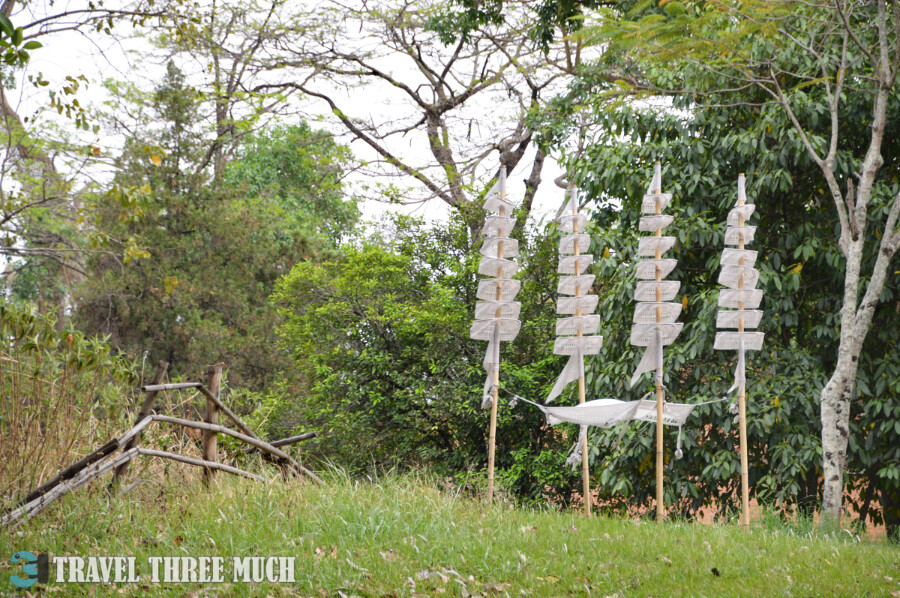
These museums are repositories of artifacts and exhibits that provide valuable insights into Manipur’s past, including its royal history, colonial period, and eventual accession to the Indian Union.
The three museums within Kangla Fort are:
– Archaeological Museum: The Archaeological Museum is dedicated to showcasing the cultural and historical heritage of Manipur. It features a diverse collection of artifacts, including traditional costumes, weapons, jewelry, manuscripts, and other historical relics. Visitors can explore the history and traditions of Manipur through the exhibits displayed in this museum.
– Kangla Sha: This museum is focused on the Manipur royal history, featuring artifacts related to the ruling dynasties of the region. It provides a detailed look at the lives of Manipuri kings, their courts, and the cultural aspects associated with royalty. The museum’s exhibits offer a glimpse into the opulence and grandeur of Manipur’s royal past.
– Kangla Museum: The Kangla Fort Museum specifically delves into the history of Kangla Fort itself. It highlights the fort’s significance over the years, including its role as a military stronghold, a royal residence, and a symbol of Manipur’s heritage. The museum helps visitors understand the fort’s transformation and its evolving importance.
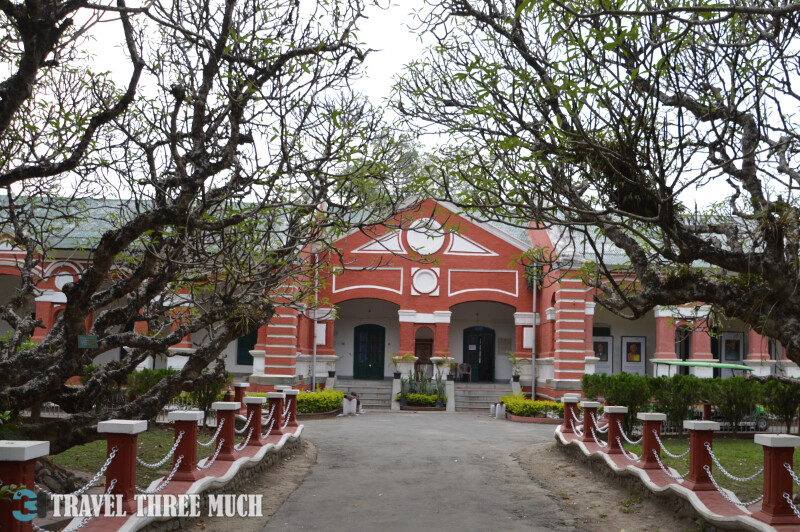
Amidst the historical treasures, we stumbled upon a herbal garden—a living tribute to the region’s traditional medicinal practices. The vibrant hues and fragrant aromas of the herbs added a refreshing touch to our exploration.
Tombs of erstwhile rulers of the Manipur kingdom dotted the landscape, each tomb telling a unique story of the individuals who had shaped the destiny of the region. Sacred ponds added a touch of tranquility to the surroundings, reflecting the spirituality embedded in the fort’s history.
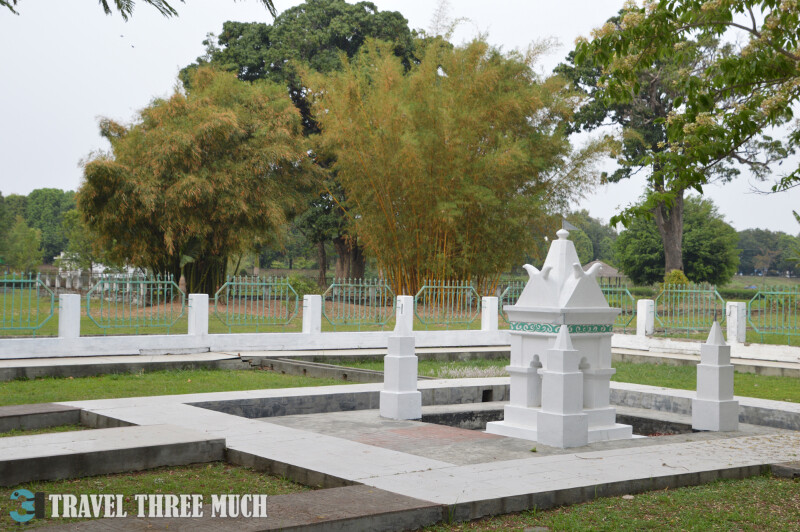
Our day at Kangla Fort concluded with a visit to the cafeteria. Here, we indulged in the flavors of Manipur, sipping on delicious red tea and savoring the unique taste of black rice pudding known as chak hao. It was a fitting end to a day filled with history, culture, and culinary delights.
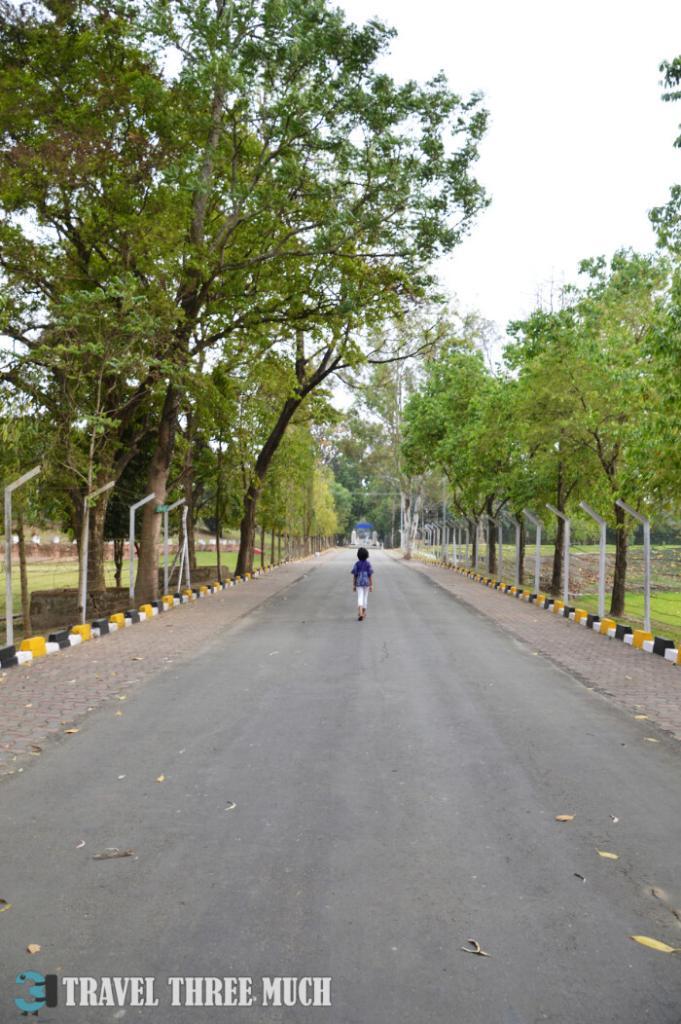
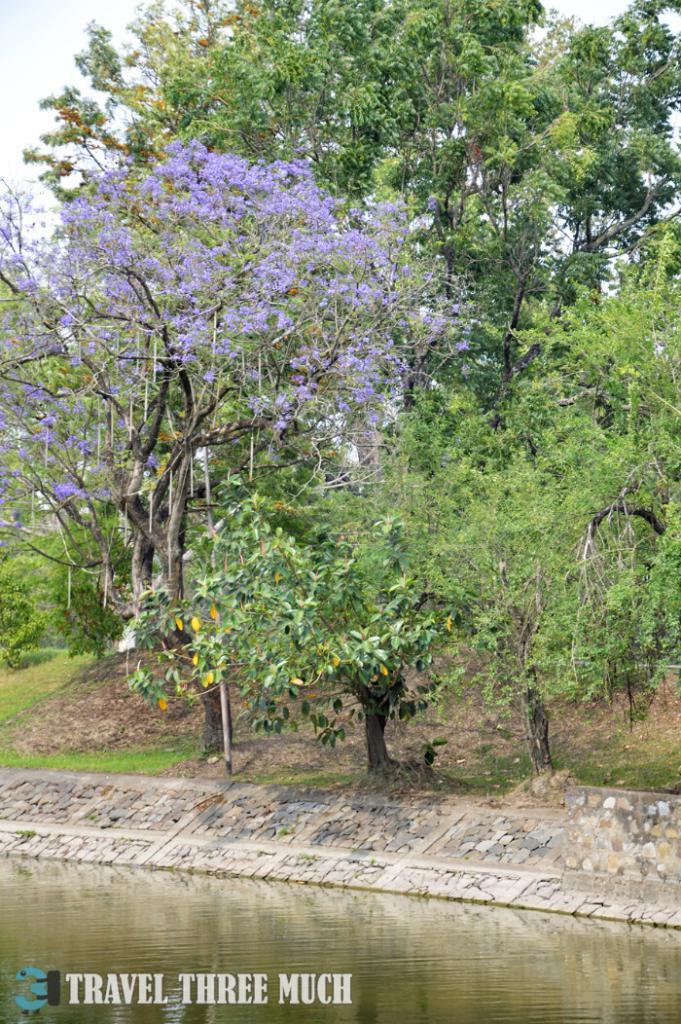
In the heart of Imphal, Kangla Fort stands not just as a relic of the past but as a living testament to the resilience and cultural richness of Manipur. Each corner of the fort whispers stories of triumphs and tribulations, weaving a tapestry that connects the present to a storied past.



